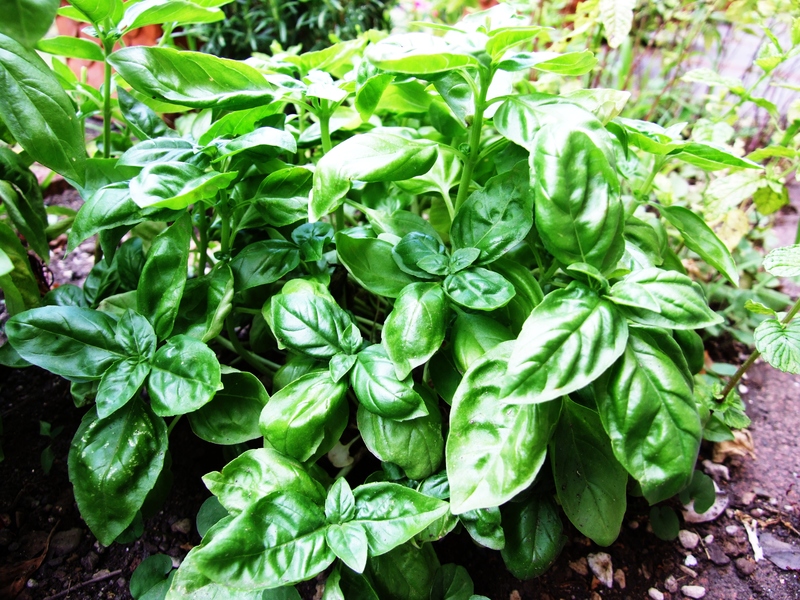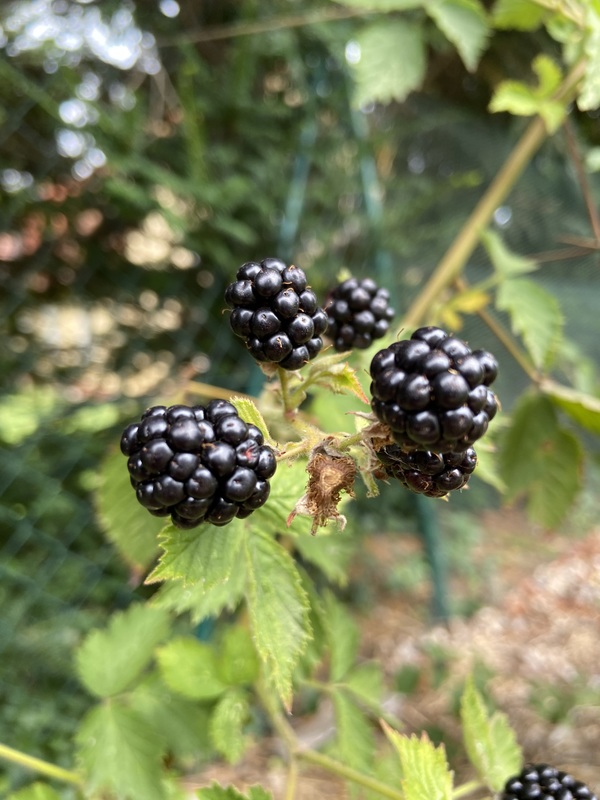Description
Round-Leaved Mint, also known as Mentha suaveolens, is a perennial herb native to Europe and Asia. It has a characteristic minty aroma and flavor, and is often used in cooking and herbal medicine.
In terms of appearance, Round-Leaved Mint has dark green, round leaves and small, pink or white flowers that grow in dense clusters. The plant typically grows to a height of 30-90 cm (12-35 inches), and has a fast growth rate. It can be distinguished from other mint species by its round leaves and hairy stem.
Round-Leaved Mint prefers moist, well-draining soil and partial shade, but it can also tolerate full sun and drought conditions. In order to cultivate it successfully, a grower may need to water the plant regularly and provide adequate drainage to prevent root rot. Round-Leaved Mint is not winter hardy, so it may need to be brought indoors or protected with a layer of mulch during the cold months.
Round-Leaved Mint is edible, with the leaves and stems being the most commonly used parts. The leaves can be used fresh or dried, and are commonly added to dishes to add flavor and aroma. The leaves can also be used to make tea or other herbal remedies. After harvest, the leaves can be stored in an airtight container in a cool, dry place.
Round-Leaved Mint has a number of uses, both culinary and medicinal. It is often used in cooking to add flavor to dishes, and can also be used to make tea or other herbal remedies. In terms of medicinal uses, Round-Leaved Mint has been used to treat indigestion, nausea, and headaches, among other conditions. It is also valued for its attractive aroma and appearance, and is often used in gardens and outdoor spaces for its aesthetic appeal.




